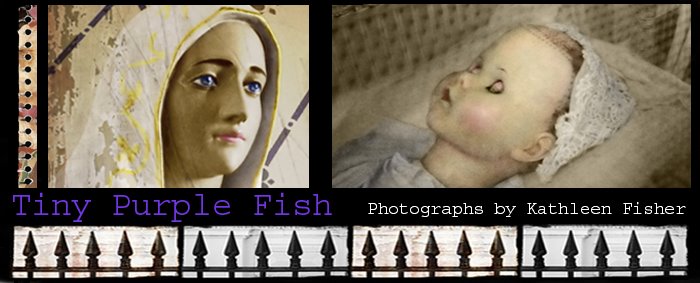
"All is vanity," said King Solomon in the Biblical book "Ecclesiastes".
The ancient world's richest, wisest and most powerful king used the word to mean pointless, rather than our common definition of proud. Essentially, he meant the world wouldn't change, despite the efforts of each new generation; everything had been said and done before, and he was the first to declare it: "there is no new thing under the sun".
How ironic from someone who lived to accumulate wealth and power.
Anyway, this peacock image is responsible for my thoughts of Solomon, who was also the best dressed man in the Bible. The peacock really is the ultimate symbol of futile beauty, a bird with nothing to offer but a crown and train of lustrous green and blue feathers.
Its flesh is too tough to be eaten — the ancient Romans only made it palatable by mincing the meat into rissoles, writes Kate Colquhoun in her magnificent book Taste. Medieval lords in Britain were more interested in looks, she adds, carefully skinning the bird before roasting it with cumin and re-stitching it into its skin. This may have created a novel table centrepiece, but the bird was still stringy and, what's more, the mix of cooked meat and raw skin must have caused more than one case of food poisoning.
Having said all this, this photograph is actually meant to be a "thank you" to Jim Lo, a Canadian Burberry expert who recently authenticated a vintage scarf I found in a charity shop. Thanks to his skills, I sold a rare genuine Burberry item on eBay for a neat profit.
Given the above associations, my choice of tribute may seem backhanded, but as shallow and useless as the peacock's beauty seems, it cannot be denied that this bird is glorious simply for existing ... just like fashion.

1 comment:
Love the way you have entwined the themes in this blog.
Post a Comment